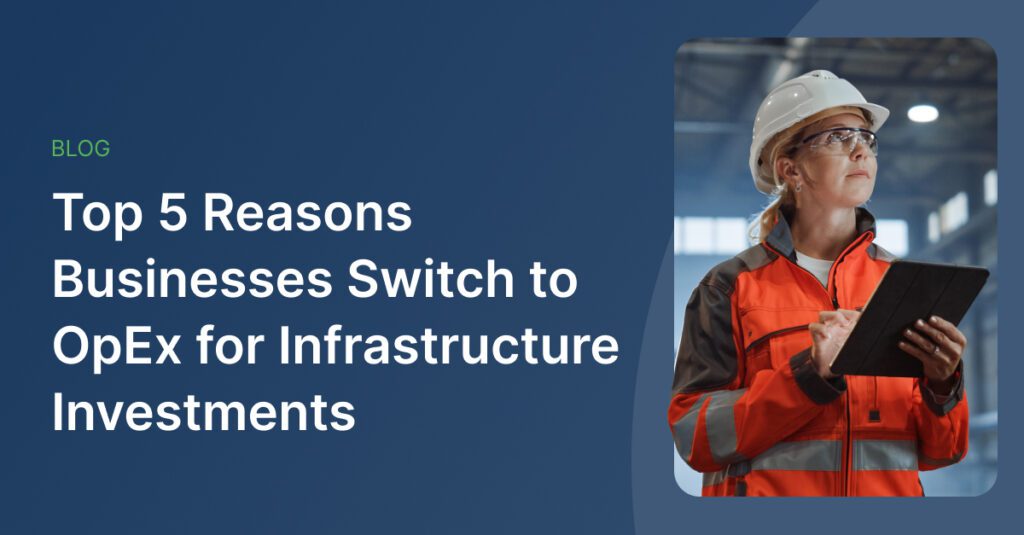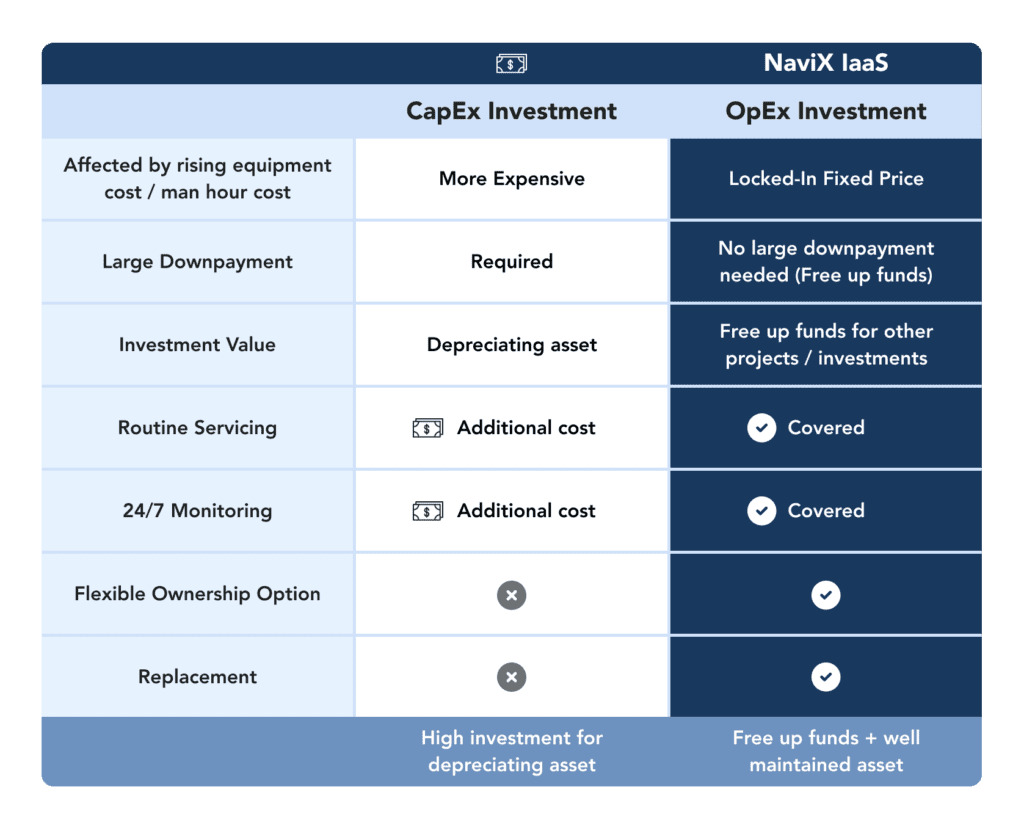7 Energy Efficiency Tips To Use In Your Facility

7 Energy Efficiency Tips to Use In Your Facility
It’s no longer a want but a need to practice sustainable environmental consciousness and optimize energy efficiency when it comes to infrastructure in commercial and industrial facilities. Implementing energy-efficient measures not only helps in reducing operational costs but also contributes to a greener and more sustainable future.
Here are 7 key energy efficiency tips that can be applied to your facility, providing tangible benefits for both the environment and your bottom line.
1. Upgrade to High-Efficiency HVAC Equipment
Heating, ventilation, and air conditioning (HVAC) systems are the single largest contributor to a facility’s energy consumption. Upgrading to high-efficiency HVAC equipment can significantly reduce energy usage and costs. Newer models often come equipped with advanced technologies such as variable-speed drives, smart controls and improved insulation, ensuring better performance and energy conservation.
2. Don’t Just Meter. Install Submeters!
While metering is essential for monitoring overall energy consumption, installing submeters takes energy management to the next level. Submeters allow you to track energy usage in specific areas or equipment within your facility. This detailed data can help identify energy-intensive areas, allowing for targeted improvements and better overall efficiency.
3. Modernize Your BMS (Building Management System)
An updated and well-maintained Building Management System (BMS) is crucial for efficient facility operations. Upgrading to the latest BMS technology enables centralized control and monitoring of various building systems, including HVAC, lighting, and security. This centralized approach enhances coordination and automation, optimizing energy use and reducing waste.
4. Create a Planned Preventive Maintenance Strategy
Regular planned preventive maintenance is needed to ensure that the facility’s equipment is running at optimal performance levels. A well-planned preventive maintenance strategy should include regular inspection, servicing, and replacement of parts of the equipment, while also allowing you to keep track of who performed the task, when it was completed, and any observations or findings after maintenance is completed. This can be further augmented with digitization.
5. Go for Advanced Lighting Control
Lighting constitutes 12 to 15% of a facility’s energy consumption. Advanced lighting control systems, such as motion, occupancy and daylight sensors, ensure that lights are only turned on when needed and to the right lux levels. The right specification and usage of lighting systems can lead to over 50% of potential energy savings against baseline!
6. Switch to Variable Frequency Drives (VFDs)
Variable Frequency Drives (VFDs) offer a precise and energy-efficient way to control the speed of motors in various applications. By adjusting the speed of motors based on the actual requirements, VFDs prevent unnecessary energy consumption, particularly in systems with fluctuating loads. Incorporating VFDs into your facility can result in substantial energy savings.
7. Switch to Occupancy-Based Control
Implementing occupancy-based control systems ensures that lighting, HVAC, and other systems are active only when areas are occupied. Motion sensors and occupancy detectors play a crucial role in automating these controls. This not only saves energy but also enhances occupant comfort by tailoring environmental conditions to actual usage.
Embracing energy efficiency in your facility is a complicated but rewarding approach that involves upgrading equipment, adopting smart technologies, and leveraging data-driven insights. Building owners can consider NaviX’s Infrastructure as-a-Service to maximize energy efficiency and achieve tangible cost savings, paving the way toward a cleaner and greener future.
Speak to us today – We’ll be delighted to assist you in your energy efficiency journey.
7 Energy Efficiency Tips To Use In Your Facility Read More »




